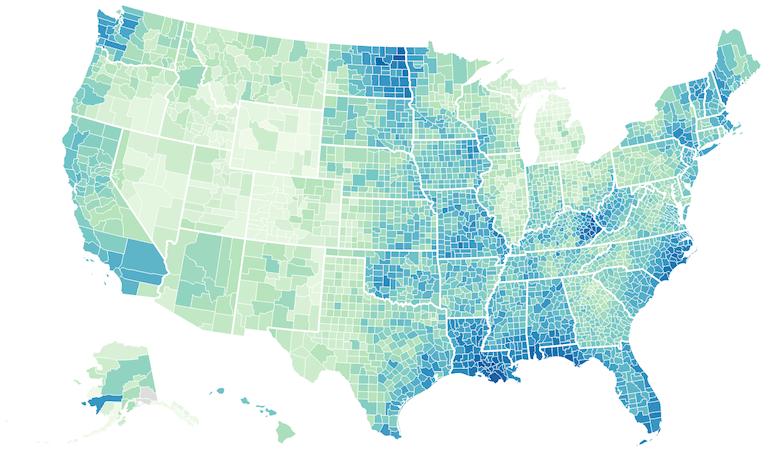Federal money is coming to fix aging flood control systems – but plans all too often reflect historical patterns and not future risks
Posted May 11, 2023

Posted May 11, 2023

Heavy downpours and a thick snowpack in the Western mountains and Upper Midwest have put communities in several states at risk of flooding this spring – or already under water.
Flooding is the costliest type of natural disaster in the U.S., responsible for about 90% of the damage from natural disasters each year. It happens almost every day somewhere in the country.
Yet, much of the aging infrastructure meant to protect U.S. communities is in bad shape and, in some cases, failing. The American Society of Civil Engineers gave the nation’s dams, levees and stormwater infrastructure a D grade in its latest report card, in 2021.
Help is coming. Congress authorized billions of dollars for infrastructure projects under the Infrastructure Investment and Jobs Act in 2021. But there’s a problem: New infrastructure planning frequently relies on historical flood patterns for its benchmarks rather than forecasts of changing risks as the climate warms.
Iowa State University assistant professors of civil, construction and environmental engineering Lu Liu and Antonio Arenas Amado study flood risks and mitigation strategies as civil and environmental engineers. As federal funding for infrastructure rolls in, they say communities run the risk of spending millions of dollars on systems that weren’t built to handle the flood risks ahead.
Read Liu’s and Amado’s full article in The Conversation here.